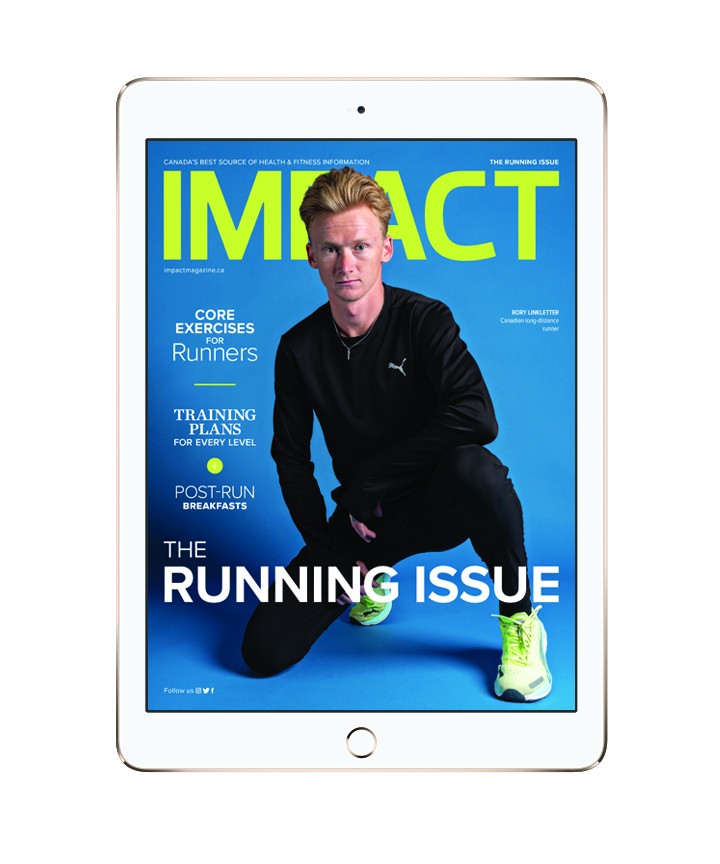Arthur Lydiard of New Zealand was a pioneer in the sport of distance running. His coaching and his training principles were revolutionary during the 1950s and 1960s and are now standard practice for many coaches and athletes today.
Take Yuki Kawauchi, the famous “citizen runner” of Japan who trains primarily by Lydiard principles. The 2018 Boston Marathon winner ran himself into the Guinness World Record book, literally, by completing 100 sub-2:20 marathons. “I use the Lydiard training principles but I don’t do all of them in practice,” he says. “In fact, Lydiard has stated ‘It is more effective to have continuous runs than dividing into small amounts,’ and ‘It is good enough to have one run in a day,’ which is my style.”
WHAT IS LYDIARD TRAINNG?
Lydiard training is governed by a set of five principles that apply to all runners of all abilities, and in fact many endurance athletes including cyclists, swimmers, Nordic skiers, and rowers.
Many believe that Lydiard training is exclusively about running 100 miles (162 kilometres) per week and running long slow distances, but this is incorrect. Yes, his Olympians ran approximately 162 kilometres per week, but he would coach anyone. For example, he was the first person to get cardiac patients outside walking and running to strengthen the heart, when at the time it was standard practice to “recover” while resting in bed. It is now common protocol to recover from a heart attack via exercise.
On occasion, he sounded as though he was contradicting himself. For example, when he would publicly speak and use the term “long slow distance” he was referring to one of two types of long runs and their relative pace compared to other running efforts.
One is a run that provides a very specific recovery purpose. For example, a burnt-out international athlete may have toured Australia, New Zealand, followed by Europe, and then North America, racing over a very long period of time. The athlete would perhaps need aerobic refreshing long runs, which can be done extremely slow, sometimes back-to-back. This happened to one of his athletes who felt stale after his long tour. Lydiard told him to go run for three hours, two days in a row, and as slow as possible. He did and returned to form soon afterwards.
Perhaps science can give us the physiological reasons why those dead-slow long runs refreshed fried athletes, but we know it worked.
Also, a long-run pace or effort is about perspective. In comparison to how fast his elite runners raced an 800-metre, 1500-metre or 5,000-metre distance event, a three-hour-long run over big hills is comparatively slow. Before Lydiard, long, slow running wasn’t part of a training program for middle-distance athletes.
THE FIVE GUIDING PRINCIPLES
General Conditioning
The training cycle begins with a long phase of aerobic running to build endurance and lay the base foundation for fast training and a good performance on race day. This could last from as short as eight weeks to six months. Commonly eight to 12 weeks were undertaken, depending on the runner. During this phase, no anaerobic training is done, so no racing or hard interval sessions.
For most runners, this means you may enjoy the benefit of easy, medium, steady, and strong runs done mostly in relaxed efforts. A once-per-week or every-other-week “out-and-back” run could be added, where you run the same route out and back at an even, but strong effort. As the weeks go by, your run time becomes shorter or the distance you cover in that time becomes longer. Voila! You are becoming aerobically fitter. The key is to run at the same even pace the entire time and to run very strong, without straining. One should finish the run saying, “I could have run faster if I had to, however, I am glad I didn’t.”
For those who believe one must stay in touch with their speed, there is a weekly Fartlek session that is run by feel. Additionally, easy strides are incorporated on a recovery or easy run—neither
of which should be anaerobic.

Response Regulated Training
The Lydiard way allows for you to adjust your effort levels based on how you are responding to training stimuli to optimize your fitness improvement.
Today we have the luxury of heart rate monitors (HRM) to give us feedback on our heart rate. When our heart rate is running high we likely haven’t recovered from training or are under the weather. This is a time to train lightly until fully recovered. The next principle is about training by feel, to rely on your instincts. But it is important, whether you develop the powerful instincts to be able to tell if you are recovered or if you rely on an HRM, to be willing to adjust your training efforts and distances according to these signals.
Lydiard coined the phrase “train, don’t strain.” There is a time for running really fast, but first things first. A properly developed aerobic foundation allows you to run more speed volume than you may otherwise be able to withstand when it is time to do so.
Feeling Based Training
Learning to accurately interpret the language of your physiology allows the runner to stretch the training envelope while avoiding the perils of overtraining.
Lorraine Moller, president of the Lydiard Foundation and four-time Olympian (bronze medallist in the Marathon at Barcelona, 1992) wrote a wonderful article titled Becoming a Body Whisperer. These two principles: Feeling Based Training and Response Regulated Training can be done best when you unplug completely from devices for some or all of your runs. Rather than be distracted by your HRM or pace via your watch or music or podcasts. Listen to your own breathing and the feedback your body is naturally providing while on a run. Tuning out via music distracts from your very natural ability to read body signals. With Lydiard training you are not “surviving the distance,” you are striving to be better at it.
Sequential Development
Rather than train for everything at the same time, train in order. You will hear runners talk about their hill training, speed work, tempo runs and time trials or races and long runs, all done during the same week. This is not optimal.
There is a process for runners of all abilities that starts with the base phase first and ends with sharpening so that the runner is completely ready to perform on race day. This training is based on the methodology of developing the building blocks like a pyramid so that you are ready on race day to perform your best. The peak of the pyramid can sit higher if the base at the bottom is bigger (and done first).
Ever notice a fellow runner has a poor race and immediately after finishing he or she begins to talk about what the problem could be, guessing the whole time? When a runner haphazardly throws all the ingredients into the weekly training program, they get mixed and random results that they have no real explanation for. The answer is usually to throw more so-called “speed work” at the problem, compounding the issue.
Peaking
The later phases of Lydiard training are designed to sharpen the runner to a point where they are in peak condition—like the top of the pyramid. So that on race day the athlete (of all abilities) is in an excellent position to run the best race possible.
I have seen race winners, age-groupers, mid-packers, and back-of-the-pack runners all start their watch as the gun sounds and then click stop at the finish line when the race is over. Everyone looks at their watch to see how they have done. Almost every single participant has a time or placement goal even if they keep it silent, no matter how modest or elite that goal may be.
Running the Lydiard way isn’t just for serious athletes; Lydiard would never refuse to coach based on ability.
There are many misconceptions about the Arthur Lydiard method of endurance training. Following the sequence of training and adhering to the above five principles will provide a sound foundation to train whether under the guidance of a coach or on your own.
“If your coach cannot explain why you are doing any particular run, get a new coach.” – Arthur Lydiard.
You may also like: Six Reasons Why You’re Not Hitting Those Gym Goals

Read This Story in Our 2023 Running Issue
Featuring Rory Linkletter, Canadian long-distance runner. Add to your bucket list with the top Destination Marathons Around the World. Train for 10 km right up to a marathon – plus a 70.3 program. Increase your strength and work your core with Canada’s Top Fitness Trainers. Enjoy plant-based, post-run breakfasts and so much more.














